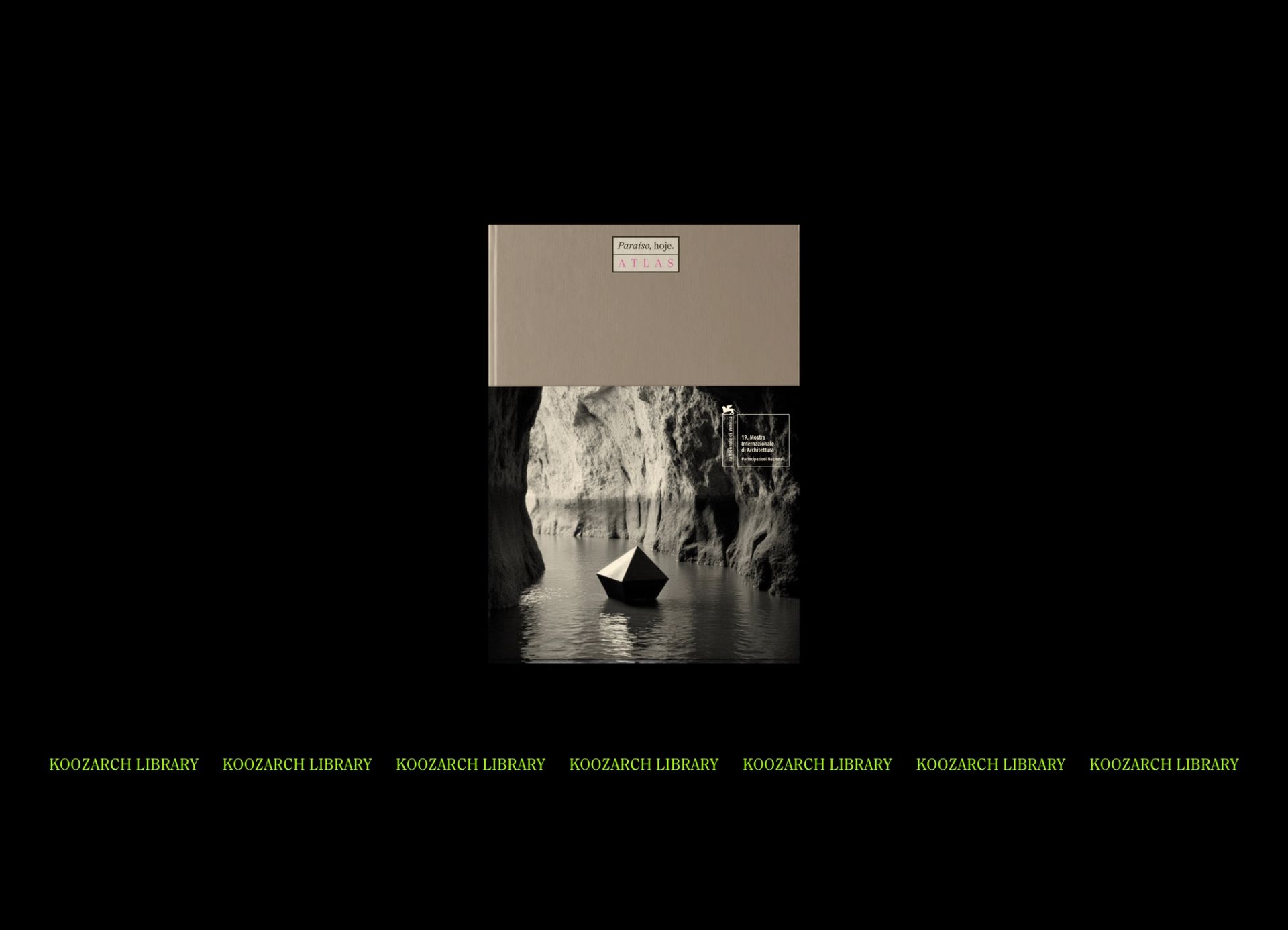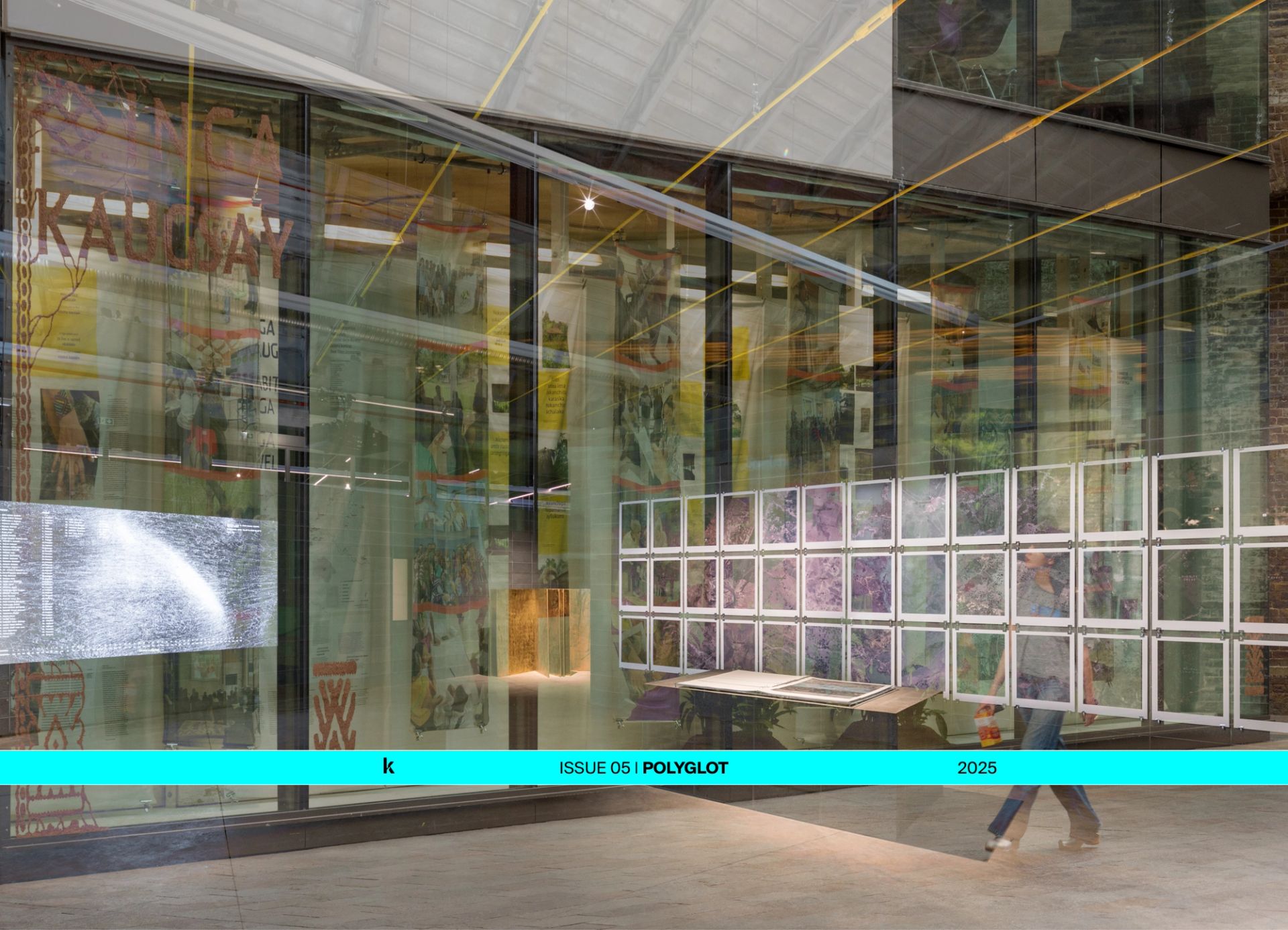A field of marigolds, wrapped and layered with veils of volumetric textiles, challenges and subverts the perception of the existing land being a space of divide. The introduction of the marigold to this new form of inhabited landscape holds the power to reclaim the land by challenging the divisional view of nature. The heightened political nature of the landscape within South Africa no longer can be seen as idle nor dividing, but rather it becomes a form of resistance through its inhabitation, carving out spaces for the wider community to be together.
Designed under the framework of the Indian diaspora and subcultural groups like Kutti Collective, the new form of landscape becomes a form of resistance through the creative, celebratory, and artistic production of the individuals and wider community across Cape Town. During apartheid, natural elements within the landscape were used to enforce racial separation leading nature to be strongly tied to feelings of divide. By appropriating one of these sites, the inhabitation of the landscape becomes a new form of resistance. Here, 250 inhabitants can live, create, and celebrate one another. The new form of landscape brings together layers of marigolds, textiles, indigenous vegetation, and hardened grounds, allowing disparate groups to come together. The marigold, a flower brought to South Africa by the Indian diaspora, embodies a symbolic connection between places. Nurtured by the hands of the diaspora, the marigold has intertwined culture and context. Identities become hybridised, never complete and always engaged.
A linear sequence of spaces draws from the Pol House typology, moving from a built defined edge at the base of the hill to an open field above. Curved, stone retaining walls create spaces for inhabitation while allowing earth to hold onto water, creating opportunities for new and indigenous plants to establish themselves along the slope. Intricate layers of textiles fragment this linear sequence forming moments of in-betweeness. These layers of volumetric textiles blur the peripheral edge, creating moments of temporary enclosure for collective engagement between defined spaces of artistic production and ambiguity. The temporality and shifting nature of the plants and textiles creates a symbiotic relationship between the landscape, construction, and its inhabitation. As the marigold blooms again, the light temporal textile structures are constructed, leaving tracings along the heavy elements embedded within the land.
The new form of landscape takes on many forms, a field, a park, a living room for collective artists, and a house for creative experiments. It is through these different forms of landscape that new identities tied to the specific piece of land emerge. Distorted intensities of colour, openness, and density mediate between blurred conditions, where celebratory and creative gatherings can now occupy and resist the divided land.
The project was developed at the Royal College of Art.
KOOZ What prompted the project?
MP The project is rooted in a very personal interest in understanding new forms of identity within the Indian diaspora. This became the starting point in which I began to look at collective forms of diasporic identity production and how they mediate between cultural, public, and social structures. Much of the early research into the project focused on “Kutti Collective” a South African-Indian art group whose work mediates feelings of displacement and identity. The collective aims to empower one another to counter mainstream ideals of family structure, taboo culture, and institutional racism within the art industry by creating space for those on the fringe of society within the Indian diaspora. This group’s ethos, and methodology for exploring identity set out the framework for the project.
Zooming out to the contextual scale, the issues that Kutti Collective discuss through their creative work can be seen in the South African landscape itself. Despite post-Apartheid planning schemes, natural barriers that were once used to divide people still exist, leaving a continual reminder of the separations once enforced. Conversely, the introduction of the marigold to the South African landscape represents the power to reclaim the land by subverting the view of nature being a space of divide. Certain species of the marigold were brought to south Africa and nurtured by the hands of the diaspora, symbolizing an intertwined culture and context. No longer can the two entities be separated, rather these divisional lands can be crossed, becoming a form of resistance by giving space for creative and celebratory gatherings to occupy the land. The multiplicity of scales from the marigold, the inhabitant, the project’s materiality to the landscape itself all become the means in which the project can subvert the perception of the existing land being a space of divide.
KOOZ What questions does the project raise and which does it address?
MP There are two main questions the project raises that at some points are intertwined. The first is a question on the politics of landscape. The project questions our perception of landscape, often seen as a naturally objective space. Within the context of South Africa and specifically within Cape Town, landscape is not idle, rather it is a politically charged tool that was once used to divide people as seen in Apartheid. Apartheid in Cape Town was partly upheld using “buffer zones” as segregation devices. Natural elements within the landscape, such as rivers, empty land, and vegetation, were all used to enforce racial lines, leading nature to be strongly tied to feelings of divide. The project seeks to reclaim lands once tied to feelings of divide by becoming a form of resistance through its inhabitation, carving out spaces for the wider community to be together.
The second is a question of how and to what degree this landscape can be inhabited. The project creates these spaces to be together through a porosity of retaining walls, temporary structures, and plants. These elements act as a filter that creates a new point of collective engagement within the city. The layers of volumetric textiles blur the boundaries between inhabited forms while also becoming an embodiment of the material culture of the Kutti Collective and the cultural layers of the Indian diaspora as well. The marigold-dyed colours vary in intensity framing specific defined use spaces such as artist studios, while lighter hues fade out into the wider landscape. The volumetric property of the textiles form patterns abstracted ornamental patterns of openness and density along the surface, defining the most delicate and intricate layer of space. These distinctions and blurred layers form new ways in which the landscape can be inhabited while creating an intensity of colour that envelop collective forms with the material culture and sense of symbolic familiarity of the marigold.
The new form of landscape becomes a form of resistance.
KOOZ How does the project explore architecture's wider role and potential in shaping cultures and communities?
MP The project explores the idea of temporality and a spatial gradient to think about the wider role architecture has within communities and cultural landscapes. Situated along the lower hillside of Table Mountain, the site rests between two polarised communities, once used as a buffer zone during Apartheid. The architecture forms a sequence which moves from heavily vegetated land to a built, defined edge facing the city. This gradient is framed by layers of volumetric textiles creating spaces of intimate collective gathering, defined forms for artistic production, and more ambiguous grounds allowing inhabitants to explore their own identities. The fragmented sequencing of spaces lets communities on both ends of the gradient to filter through, allowing individuals to choose how far and to what degree of intensity they inhabit the new form of landscape. The architecture thus acts in subtle ways to encourage the wider context of communities, landscapes, and cultures to engage with one another.
The temporality and shifting nature of both the plants and textiles work with the heavy elements embedded within the ground creating a symbiotic relationship between the landscape, construction, and its inhabitation. At the end of rainy season, the light, temporal textile structures are constructed creating shade for both plants and individuals to establish and occupy the landscape. Densities of fabric and their supporting structure created a framework of temporary textile elements. As the marigold blooms again, the lightness of the textiles migrate across the landscape, leaving tracings along the heavy elements embedded within the land. The temporal nature of the architecture embodies the sense of an evolving culture, growing and adapting as the context changes.
KOOZ What opportunities can arise in designing with a more respectful and mindful approach to nature?
MP One of the key components in the project is the symbiotic relationship between the inhabitant, landscape, and temporal construction. The mindful approach to nature forms a highly context-specific relationship which creates an architecture deeply rooted within the experience of a place. In this case, the approach to nature becomes a way to think of how architecture can subvert and reclaim landscapes in a positive light. The charged history and plight of the landscape is subverted, creating open forms of space that allow disparate groups to come together on a site that was once a political tool of division. Rather than removing existing remnants from Apartheid landscapes, the project uses the vegetation as a tool to sequence a new form of inhabited land. Seasonality, longevity, and time become incredibly important, creating a framework for the project to think about its symbiotic relationship to the natural environment. The mediation between hardened grounds, retaining walls, textiles, indigenous vegetation, and marigolds creates spaces of care both for the user and for the landscape to thrive. The new landscape takes on many forms, a field, a park, a living room for collective artists, and a house for creative experiments. It is through these different forms of landscape that new identities tied to the specific piece of land emerge.
Nurtured by the hands of the diaspora, the marigold has intertwined culture and context. Identities become hybridised.
KOOZ What is for you the power of the architectural imaginary?
MP I think that power lies in thinking beyond a momentary spatial experience. When we can think about architecture as a speculative entity, a multiplicity of things can be explored at once. Layers of time, growth, cultural and identity production, and transformational landscapes allows us to find connections that perhaps are unseen when viewing a space in as an isolated moment or experience. We are able to move between scales, times, and histories, thinking of ways in which each aspect contributes to the other, imagining a new form of space that can evolve alongside these changes. The power thus becomes imbedded within the longevity of architecture and its impact and evolution within future contexts.

Bio
Monica is a London-based architectural designer. She completed her BArch (with honours) at the Universityof Waterloo, Canada in 2019. She has worked at a number of practices globally, in New York, Amsterdam, andLondon, as well as completing a term of study in Rome. She recently graduated with a MA in Architecture from the Royal College of Art where her personal and architectural interests weave together identity production within the Indian diaspora, cultural landscapes, and craft. Her thesis project, A Field of Marigolds considers these deeply personal interests by questioning how notions of diasporic identity manifests into new forms of landscape that bring people together. Monica hopes to continue exploring the social and cultural layers of architecture within practice.





